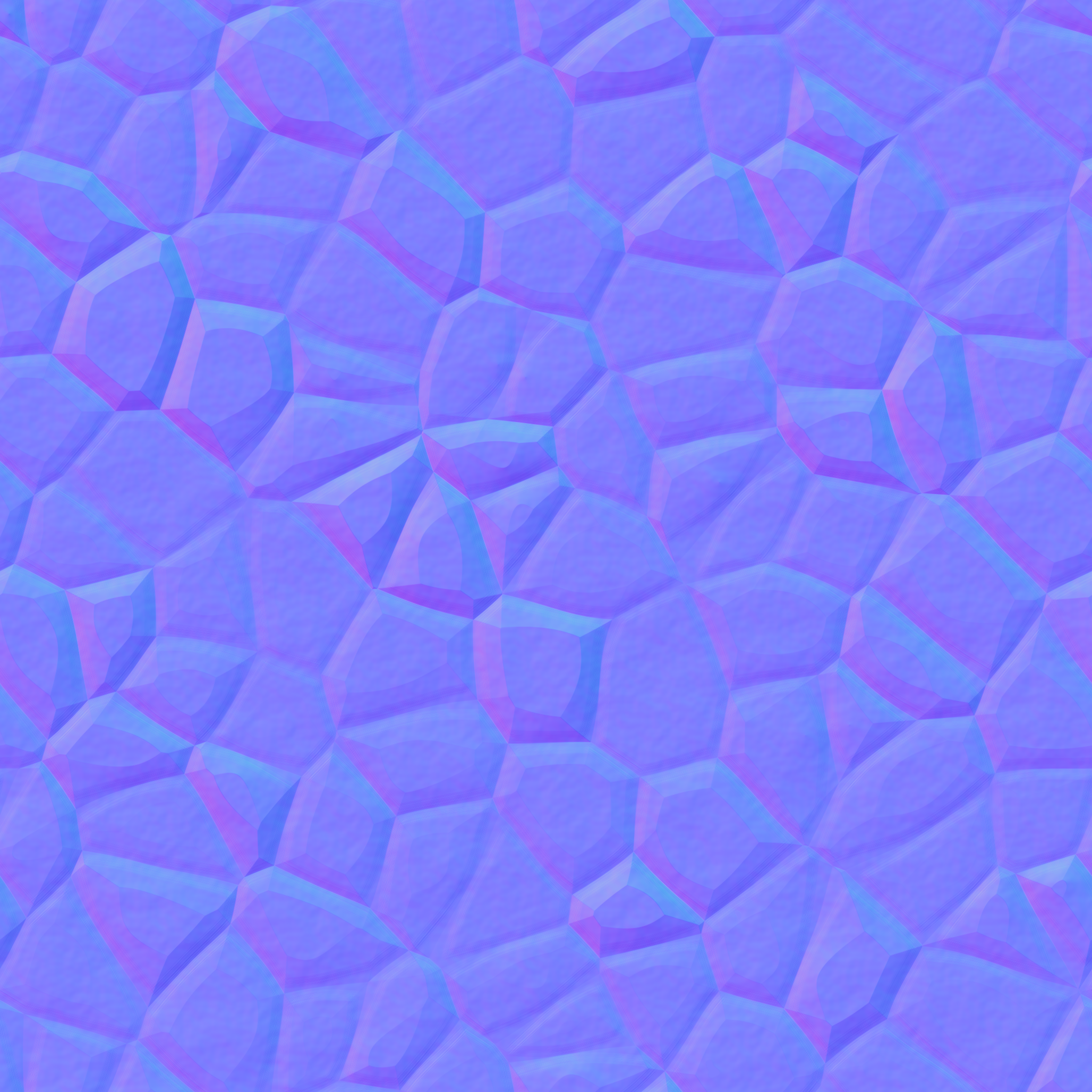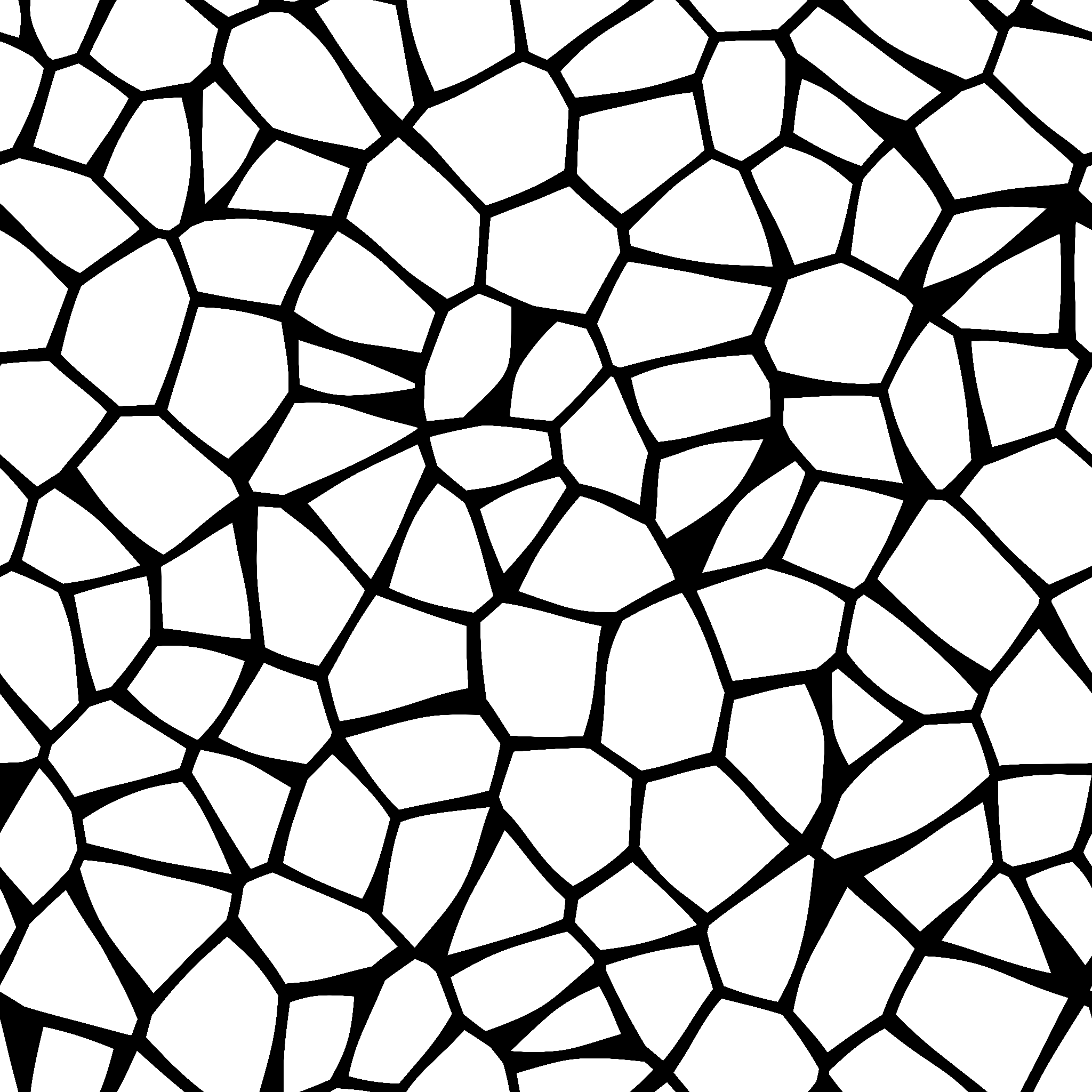9. Normal Mapping#
In 8. Lighting we saw that the diffuse and specular reflection models used the light source position and surface normal vector to determine the colour of a fragment. The vertex shader was used to interpolate the normal vectors for each fragment based on the normal vectors at the vertices of a triangle. This works well for smooth objects, but for objects with a rough or patterned surface we don’t get the benefits of highlights and shadow. Normal mapping is technique that uses a texture map to define the normal vectors for each fragment so that when a lighting model is applied it gives the appearance of a non-flat surface.
Fig. 9.1 Normal mapping applies a texture of normals for each fragment giving the appearance of a non-flat surface.#
A normal map is a texture where the RGB colour values of each textel is used for the normal vector \(\mathbf{n} = (n_x, n_y, n_z)\) where \(n_x\), \(n_y\) and \(n_z\) values are determined by the red, green and blue colours values respectively (Fig. 9.2).
Fig. 9.2 The RBG values of a normal map give the values of the normal vectors.#
Note that since the OpenGL co-ordinate system has the \(z\)-axis pointing outwards towards the viewer then normal maps take on a mostly blue appearance.
Compile and run the project Lab09_Normal_maps and you will see that we have the scene used at the end of 8. Lighting with the teapots lit using two point lights, a spotlight and a directional light.

A Light class has been created to handle the light sources. Take a look at the light.hpp and light.cpp files and you will see the following Light class methods
addPointLight(),addSpotLight(),addDirLight()- these are used to add another light source to the scenetoShader()- sends all of the lighting uniforms to the shaderdraw()- draws the light source
9.1. Tangent space#
We have already seen in 6. 3D worlds that we can use transformations to map coordinates and vectors between the model, view and screen spaces. To apply normal mapping we need to perform our lighting calculations in a new space called the tangent space. The tangent space is a 3D space where vectors are defined in terms of three vectors: tangent, bitangent and normal vectors (Fig. 9.3).
Fig. 9.3 Normal, tangent and the bitangent vectors.#
Normal vector, \(\mathbf{n}\) - we have already met the normal vector which is a vector perpendicular to the surface
Tangent vector, \(\mathbf{t}\) - this is a vector that points along the surface so is perpendicular to the normal vector
Bitangent vector, \(\mathbf{b}\) - this is a vector that is perpendicular to both the normal and tangent vectors
There are an infinite number of vectors on a plane that is perpendicular to the normal vector so we have a choice for the tangent and bitangent vectors. A natural choice is to use vectors that point along the edges of the normal map, we know these are perpendicular and this also means we are consistent for neighbouring triangles.
Fig. 9.4 The tangent space is defined by the tangent, bitangent and normal vectors.#
The tangent and bitangent vectors are calculated using the model space vertex coordinates of the triangle \((x_0,y_0,z_0)\), \((x_1,y_1,z_1)\) and \((x_2,y_2,z_2)\) and their corresponding texture coordinates \((u_0,v_0)\), \((u_1,v_1)\) and \((u_2,v_2)\).
Fig. 9.5 The tangent, \(\mathbf{t}\), and bitangent, \(\mathbf{b}\), vectors are calculated by mapping the model space triangle onto the normal map space.#
We first calculate vectors that point along two sides of the triangle in the model space
and calculate the difference in the \((u,v)\) coordinates for these edges
The tangent, \(\mathbf{t}\), and bitangent, \(\mathbf{b}\), vectors can then be calculated using
To see the derivation of these equations click on the dropdown below.
Calculating the tangent and bitangent vectors
Consider Fig. 9.5 where a triangle is mapped onto the normal map using texture coordinates \((u_0,v_0)\), \((u_1,v_1)\) and \((u_2,v_2)\). If the vectors \(\mathbf{t}\) and \(\mathbf{b}\) point in the \(u\) and \(v\) co-ordinate directions then the tangent space coordinates of points along the triangle edges \(\mathbf{e}_1\) and \(\mathbf{e}_2\) can be calculated using
where \(\Delta u_1 = u_1 - u_0\), \(\Delta v_1 = v_1 - v_0\), \(\Delta u_2 = u_2 - u_1\) and \(\Delta v_2 = v_2 - v_1\). We can express this using matrices
We want to calculate \(\mathbf{t}\) and \(\mathbf{b}\) and we know the values of \(\mathbf{e}_1\), \(\mathbf{e}_2\), \(\Delta u_1\), \(\Delta v_1\), \(\Delta u_2\) and \(\Delta v_2\). Using the inverse of the square matrix we can rewrite this equation as
Writing the out for the \(\mathbf{t}\) and \(\mathbf{b}\) vectors we have
Once we have the tangent, bitangent and normal vectors we can form a matrix that transforms from the tangent space to an arbitrary space (e.g., the view space). The matrix that achieves this a 3 \(\times\) 3 matrix known as the \(TBN\) matrix
We will be performing our lighting calculations in the tangent space so we want to transform from the view space to the tangent space. To do this we calculate the inverse of the \(TBN\) matrix. Fortunately this is an orthogonal matrix where the inverse is simply the transpose, i.e., \(TBN^{-1} = TBN^\mathsf{T}\), which is an easy calculation.
9.1.1. Calculating the tangent and bitangent vectors#
All of the lighting calculations are performed by the shaders so we calculate the tangent and bitangent vectors in our C++ program and pass them to the vertex shader using uniforms. The model class contains all of the attributes for a model so we create two vectors that will contain the tangents and bitangents for each of the vertices of the model. In the model.hpp file add the following code after we have declared a vector array for the normals.
std::vector<glm::vec3> tangents;
std::vector<glm::vec3> bitangents;
We are going to send the tangents and bitangents to the GPU using vertex buffers in the same way as we did for the vertices, texture coordinates and normal vectors. Under the private: declaration add the identifiers for the tangent and bitangent buffers.
unsigned int tangentBuffer;
unsigned int bitangentBuffer;
We now create a private method for our model class to calculate the tangent and bitangent vectors. Add the following method declaration.
// Calculate tangents and bitangents
void calculateTangents();
Then in the model.cpp file we define the calculateTangents() method.
void Model::calculateTangents()
{
for (unsigned int i = 0; i < vertices.size(); i += 3)
{
// Calculate edge vectors and deltas
glm::vec3 E1 = vertices[i+1] - vertices[i];
glm::vec3 E2 = vertices[i+2] - vertices[i+1];
float deltaU1 = uvs[i+1].x - uvs[i].x;
float deltaV1 = uvs[i+1].y - uvs[i].y;
float deltaU2 = uvs[i+2].x - uvs[i+1].x;
float deltaV2 = uvs[i+2].y - uvs[i+1].y;
// Calculate tangents
float denom = 1.0f / (deltaU1 * deltaV2 - deltaU2 * deltaV1);
glm::vec3 tangent = (deltaV2 * E1 - deltaV1 * E2) * denom;
glm::vec3 bitangent = (deltaU1 * E2 - deltaU2 * E1) * denom;
// Set the same tangents for the three vertices of the triangle
tangents.push_back(tangent);
tangents.push_back(tangent);
tangents.push_back(tangent);
bitangents.push_back(bitangent);
bitangents.push_back(bitangent);
bitangents.push_back(bitangent);
}
}
This code calculates the tangent and bitangent vectors using equation (9.1) and adds them the tangents and bitangents vectors. We want these to be calculated whenever we create a model so amend the Model class constructor at the top of the file and add the following before setupBuffers() is called.
// Calculate tangent and bitangent vectors
calculateTangents();
The last addition we need to make to the Model class is to setup the buffers for the tangent and bitangent and copy these across to the GPU. Add the following to the setupBuffers() method (before we call the glBindVertexArray(0) function).
// Create tangent buffer
GLuint tangentBuffer;
glGenBuffers(1, &tangentBuffer);
glBindBuffer(GL_ARRAY_BUFFER, tangentBuffer);
glBufferData(GL_ARRAY_BUFFER, tangents.size() * sizeof(glm::vec3), &tangents[0], GL_STATIC_DRAW);
// Create bitangent buffer
GLuint bitangentBuffer;
glGenBuffers(1, &bitangentBuffer);
glBindBuffer(GL_ARRAY_BUFFER, bitangentBuffer);
glBufferData(GL_ARRAY_BUFFER, bitangents.size() * sizeof(glm::vec3), &bitangents[0], GL_STATIC_DRAW);
// Bind the tangent buffer
glEnableVertexAttribArray(3);
glBindBuffer(GL_ARRAY_BUFFER, tangentBuffer);
glVertexAttribPointer(3, 3, GL_FLOAT, GL_FALSE, 0, (void*)0);
// Bind the bitangent buffer
glEnableVertexAttribArray(4);
glBindBuffer(GL_ARRAY_BUFFER, bitangentBuffer);
glVertexAttribPointer(4, 3, GL_FLOAT, GL_FALSE, 0, (void*)0);
These are essentially the same as what we’ve done previously for the vertices, texture coordinates and normal vectors. Note that the tangent and bitangent buffers are bound to attributes 3 and 4 respectively.
9.2. Shaders#
9.2.1. Vertex shader#
In the vertex shader we need to calculate the tangent space fragment position, light position and light direction. We could do this in the fragment shader but since that is called for each fragment in the triangle and the vertex shader is just called 3 times per triangle it is much more efficient to do it in the vertex shader.
The first change we need to make to the vertex shader is to declare the new tangent and bitangent inputs. These were bound to attributes 3 and 4 respectively so edit your file so that we input the tangent and bitangent buffers.
layout(location = 3) in vec3 tangent;
layout(location = 4) in vec3 bitangent;
We need to transform the fragment position, and the positions and direction vectors of each light source, to the tangent space. For the light source positions and directions we will be outputting an array of vectors to the fragment shader, so add the following to the output list.
out vec3 tangentSpaceLightPosition[maxLights];
out vec3 tangentSpaceLightDirection[maxLights];
We also need to declare the Light data structure here like we did in the fragment shader in 8. Lighting so add the following before the uniforms are declared
// Light struct
struct Light
{
vec3 position;
vec3 colour;
vec3 direction;
float constant;
float linear;
float quadratic;
float cosPhi;
int type;
};
and add a uniform for the light sources.
uniform Light lightSources[maxLights];
We need to calculate the \(TBN\) matrix to transform from the view space to the tangent space. Before the view space fragment position and normal vector are calculated add the following code.
// Calculate the TBN matrix that transforms view space to tangent space
mat3 invMV = transpose(inverse(mat3(MV)));
vec3 t = normalize(invMV * tangent);
vec3 b = normalize(invMV * bitangent);
vec3 n = normalize(invMV * normal);
mat3 TBN = transpose(mat3(t, b, n));
Here we transform the tangent, bitangent and normal vectors to the view space using the matrix from equation (8.3) which are then used to calculate the \(TBN\) matrix. Remember that by transposing the \(TBN\) matrix we are calculating its inverse so here the \(TBN\) matrix will transform from the view space to the tangent space.
Note
Some people transform the vectors from the world space instead of the view space, however, this means that we also need to calculate the tangent space \(\mathbf{eye}\) vector calculation. Doing this would mean we have additional uniforms and vector calculations. Since in the view space \(\mathbf{eye} = (0,0,0)\) then it is also \((0,0,0)\) in the tangent space so by transforming the vectors to the view space we do nt need to worry about this.
So now we can calculate the tangent space fragment position, light position and direction vector using the \(TBN\) matrix. Replace the code used to calculate the view space fragment position and normal vector with the following.
// Output tangent space fragment position, light positions and directions
fragmentPosition = TBN * vec3(MV * vec4(position, 1.0));
for (int i = 0; i < maxLights; i++)
{
tangentSpaceLightPosition[i] = TBN * lightSources[i].position;
tangentSpaceLightDirection[i] = TBN * lightSources[i].direction;
}
9.2.2. Fragment shader#
Now that we have transformed the vectors to the tangent space in the vertex shader we need to make a few changes to the fragment shader. The beauty of the tangent space is that it is orthogonal so we don’t need to change any of our lighting calculations. This means we only need to make a few changes to the fragment shader.
First, comment out the command used to input the normal vector from the vertex shader, since we will be getting the normal vector from the normal map, and declare the inputs for the array of tangent space light source position and direction
// in vec3 Normal;
in vec3 tangentSpaceLightPosition[maxLights];
in vec3 tangentSpaceLightDirection[maxLights];
We have an additional texture for the normal map so we use a sampler uniform. Add the following where we declared the diffuse map uniform.
uniform sampler2D normalMap;
Within the main function we obtain the normal vector from the normal map. Since the values in a texture are between 0 and 1 and we need the values of a normal vector to be between -1 and 1 we scale using the following
Before the main() function add the following code
// Get the normal vector from the normal map
vec3 Normal = normalize(2.0 * vec3(texture(normalMap, UV)) - 1.0);
and replace the code used to extract the light position and direction from the lightSources array with the following
vec3 lightPosition = tangentSpaceLightPosition[i];
vec3 lightDirection = tangentSpaceLightDirection[i];
In the Lab09_Normal_maps.cpp file add the normal map texture to the teapot object where we added the diffuse map.
teapot.addTexture("../assets/diamond_normal.png", "normal");
Compile and run the program and you should see the following.
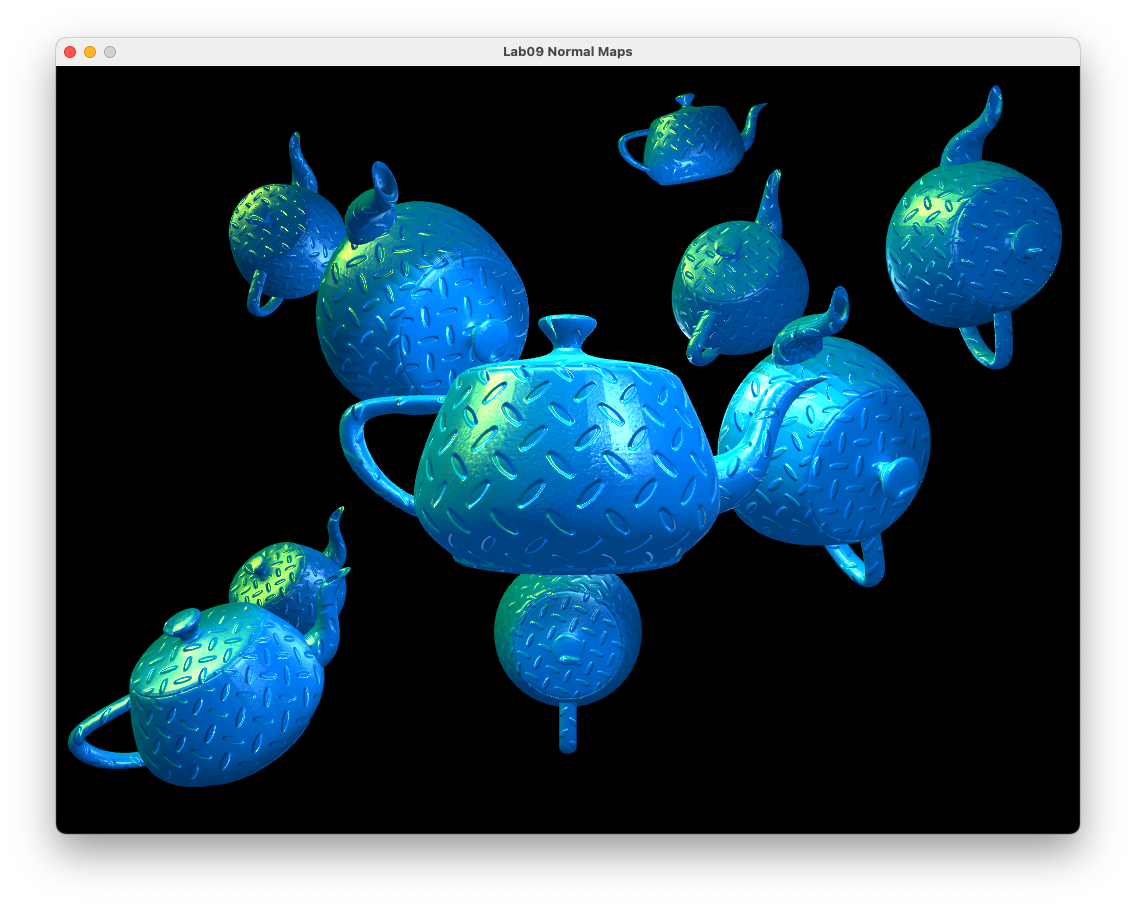
Fig. 9.6 Normal map applied to teapot objects.#
The surfaces of the teapots which are smooth now have the appearance of bumpy diamond plate simply by getting the normal vectors from a texture and performing the lighting calculations in the tangent space. Fig. 9.7 shows a closeup of the surface so we can see the detail.
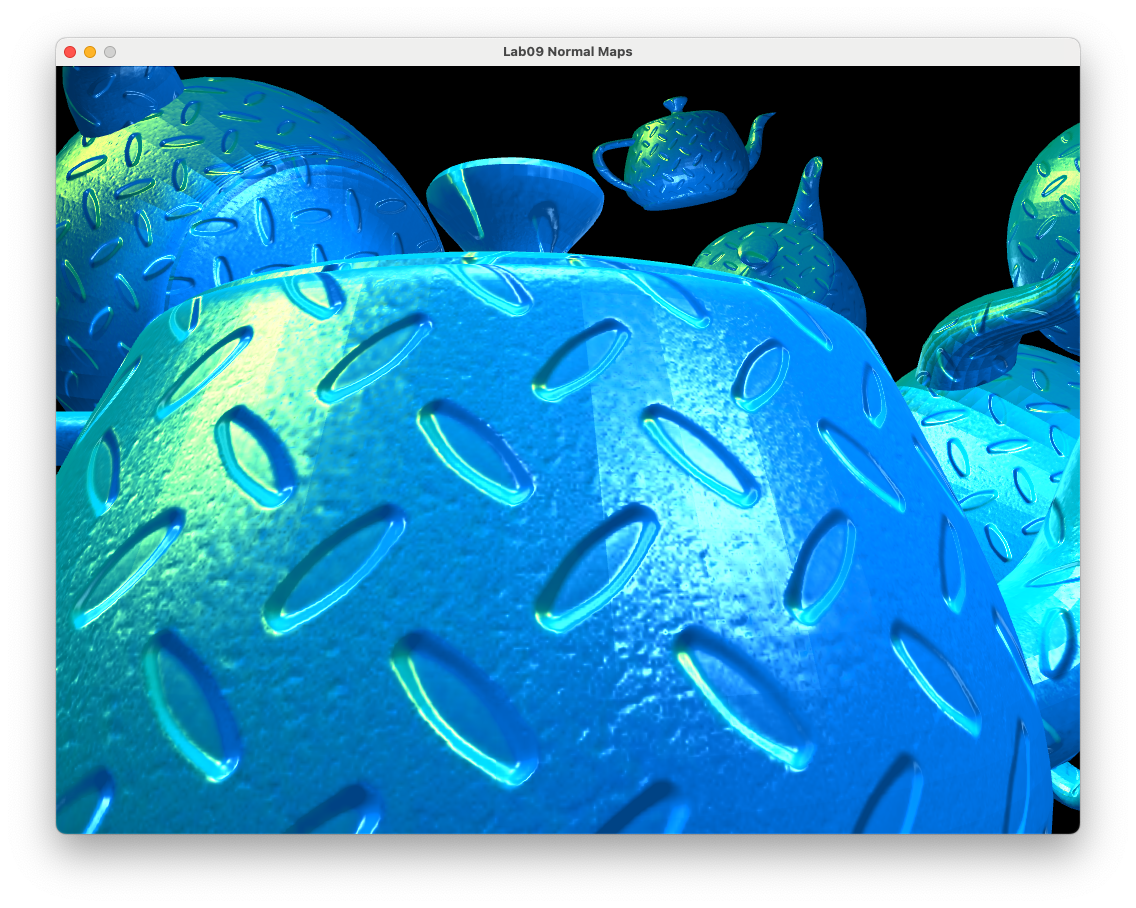
Fig. 9.7 Close up of the normal map applied to teapot objects.#
9.3. Re-orthogonalising the tangent space vectors#
In the close up view of the normal mapped teapot in Fig. 9.7 we can see a distinct line in the specular highlights where polygons that form the surface of the teapot join. The reason for this is that the tangent vector is not exactly perpendicular to the normal vector.
When a vertex is shared by multiple triangles the 3D modelling software (e.g., Blender) calculates a single normal vector for the vertex by averaging of the normal vectors for the triangles (Fig. 9.8). This saves memory and ensures that there is a smooth transition between the normal vectors across the surface.
Fig. 9.8 The vertex normal is the average of the normal of the triangles sharing that vertex.#
A problem with this is that when using a normal map we assume that the vertex normals are perpendicular to the triangle we are rendering. Since this is not the case so calculating the tangents and bitangents using equation (9.1) will not give an orthogonal set of vectors. We can get around this problem by re-orthogonalising the three vectors by adjusting the tangent vector a bit so that it is orthongonal to the normal vector.
Fig. 9.9 Re-orthogonalising the tangent vector using the Gram-Schmidt process.#
Consider Fig. 9.9 where the tangent vector \(\mathbf{t}\) is non-orthogonal to the normal vector \(\mathbf{n}\). If \(\mathbf{n}\) and \(\mathbf{t}\) are unit vectors then if we subtract \((\mathbf{t} \cdot \mathbf{n}) \mathbf{n}\) from \(\mathbf{t}\) then this creates a vector \(\mathbf{t}_{new}\) that is orthogonal to \(\mathbf{n}\) (this is known as the Gram-Schmidt process). We can then use the cross product between \(\mathbf{n}\) and \(\mathbf{t}\) to calculate the bitangent vector \(\mathbf{b}\).
Edit the vertex shader so that we re-orthogonalise \(\mathbf{t}\) and \(\mathbf{b}\).
// Calculate the TBN matrix that transforms view space to tangent space
mat3 invMV = transpose(inverse(mat3(MV)));
vec3 t = normalize(invMV * tangent);
vec3 n = normalize(invMV * normal);
t = normalize(t - dot(t, n) * n);
vec3 b = cross(n, t);
mat3 TBN = transpose(mat3(t, b, n));
Compile and run the code once against and you should see a screen similar to the one below.
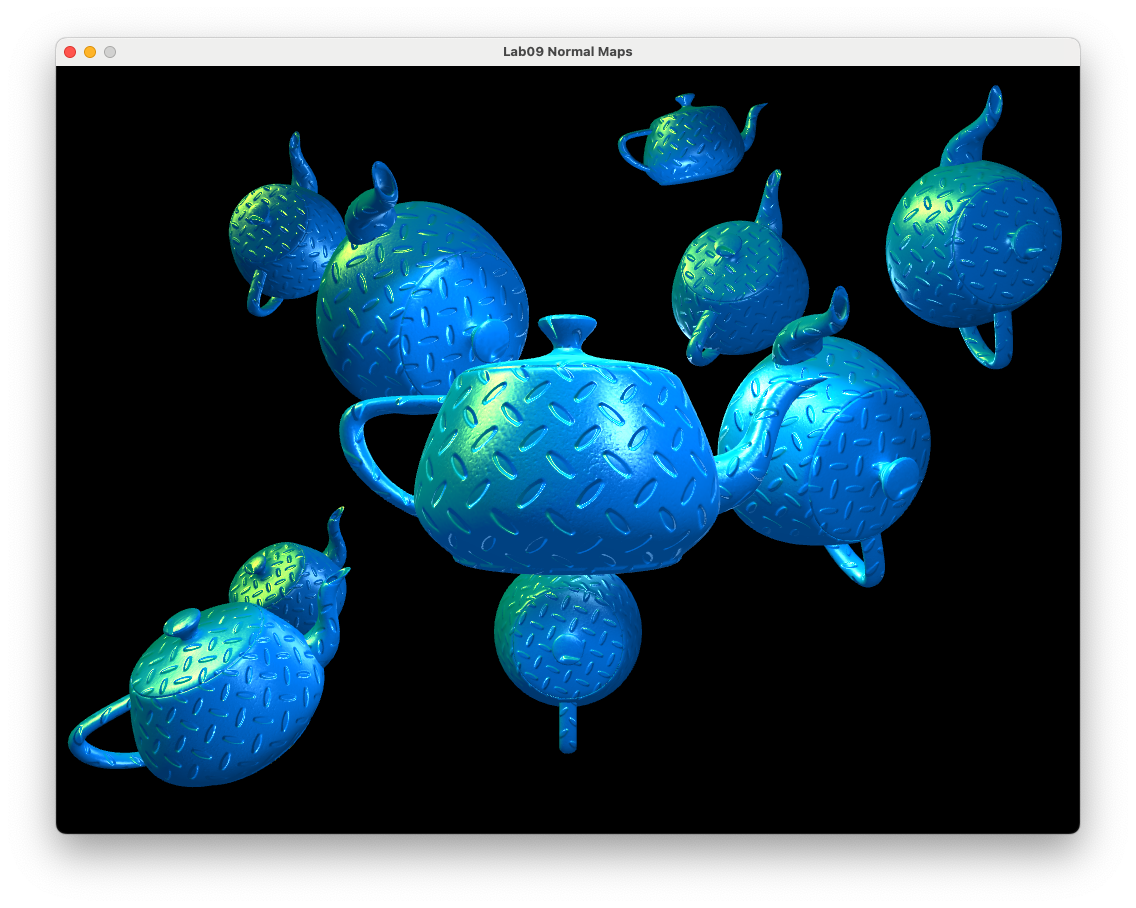
Fig. 9.10 A normal map with orthogonalised tangent and bitangent vectors.#
Now our tangent space vectors are orthogonal and we have a correct normal map applied.
9.4. Specular maps#
In addition to diffuse (texture) and normal maps we can also apply a specular map which can be used to control the specular highlights across a surface. Lets say we want to add a stone floor to our scene. We can add a horizontal polygon object for the floor and use a texture map Fig. 9.11 to give the impression of stones and a normal map Fig. 9.12 so that the stones are lit by the light sources.
To add our stone floor we are going to load in a simple 2D plane model, add diffuse, normal textures, define lighting and world space properties and add it to the list of objects.
// Load a 2D plane model for the floor and add textures
Model floor("../assets/plane.obj");
floor.addTexture("../assets/stones_diffuse.png", "diffuse");
floor.addTexture("../assets/stones_normal.png", "normal");
// Define floor light properties
floor.ka = 0.2f;
floor.kd = 1.0f;
floor.ks = 1.0f;
floor.Ns = 20.0f;
// Add floor model to objects vector
object.position = glm::vec3(0.0f, -0.85f, 0.0f);
object.scale = glm::vec3(1.0f, 1.0f, 1.0f);
object.rotation = glm::vec3(0.0f, 1.0f, 0.0f);
object.angle = 0.0f;
object.name = "floor";
objects.push_back(object);
We also need to draw the floor object so add the following after we have drawn the teapot objects.
if (objects[i].name == "floor")
floor.draw(shaderID);
Compile and run the program and you should see a scene resembling the following.
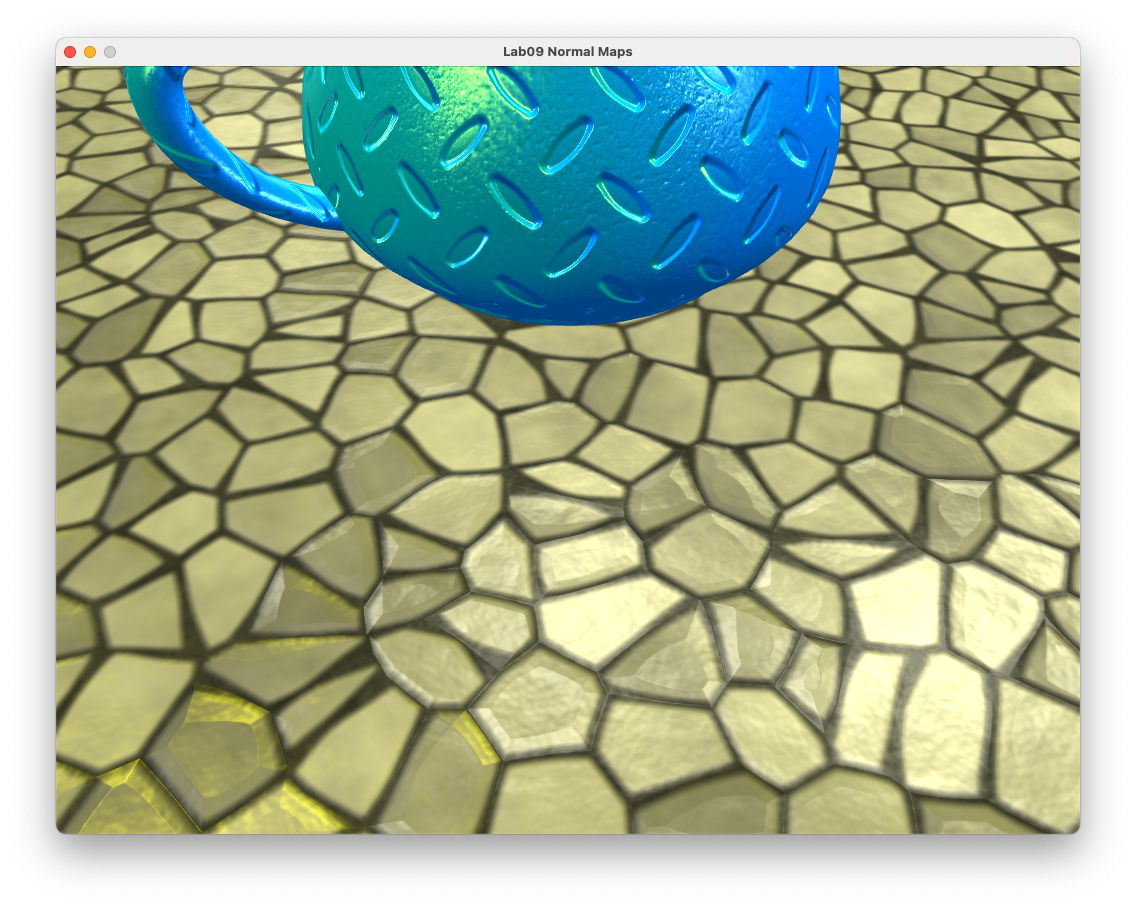
Fig. 9.14 Stone floor with no specular map applied.#
Move the camera around the floor and note how the mortar between the stones have specular highlights (an example of this can be seen in the bottom left-hand corner of Fig. 9.14). This isn’t very realistic as in real life mortar is rough and does not appear shiny. To overcome this we can apply a specular map to switch off the specular highlights for certain fragments.
To apply the specular map we added to the floor object we first need to add a specular map to the floor model. Where we added the diffuse and normal maps add a specular map using the following code
floor.addTexture("../assets/stones_specular.png", "specular");
We now need to make minor changes to the fragment shader. First, declare a sampler uniform for the specular map near to where we did the same for the diffuse and normal maps.
uniform sampler2D specularMap;
Then, whenever we calculate the specular lighting in the calculatePointLight(), calculateSpotlight() and calculateDirectionalLight() functions multiply by the colour of the textel from the specular map.
vec3 specular = ks * lightColour * pow(cosAlpha, Ns) * vec3(texture(specularMap, UV));
Compile and run the program and now you will notice that the mortar between the stones no longer have specular highlights.
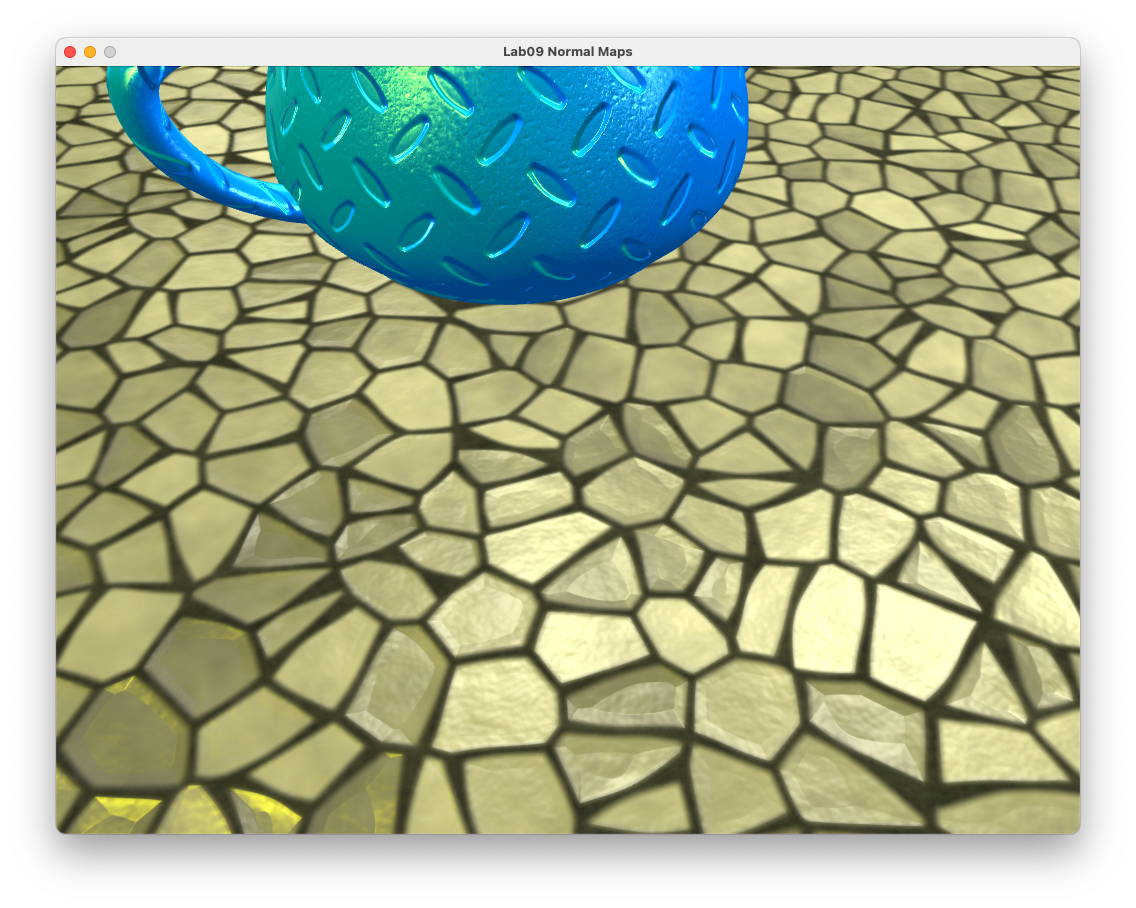
Fig. 9.15 Stone floor with specular map applied.#
9.4.1. Neutral maps#
We may not always want to apply a normal map or specular map to an object. If you look at your teapots after applying the specular map for the floor you can see that it has also been applied to the teapot.
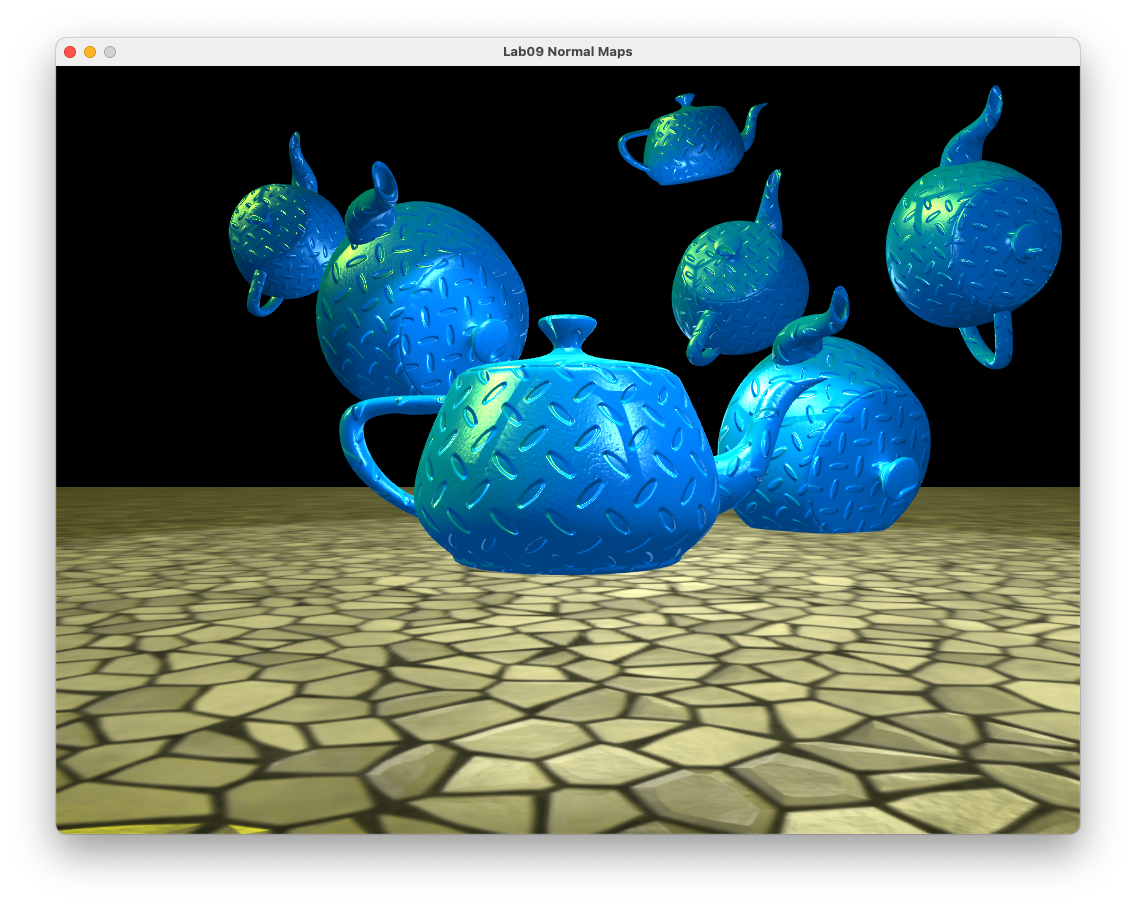
Fig. 9.16 The specular map for the floor has been applied to the teapot.#
Rather than writing a fragment shader for each case we can apply neutral maps which is a texture that when normal and specular mapping is applied it has no affect. Since the normal vector is calculated using
then if the normal maps has pixels with the RGB colour code \((0.5, 0.5, 1)\) then all fragments will have a normal vector of \((0, 0, 1)\) which is perpendicular to the surface.
A neutral specular map is simply a texture with all white pixels that have the RGB colour code \((1, 1, 1)\) so multiplying this by the specular colour has no affect.
The neutral maps for normal and specular mapping are contained in the neutral_normal.png and neutral_specular.png files in the assets/ folder and are applied to a model when it is created. Add the neutral specular map to the teapot model by adding the following code.
teapot.addTexture("../assets/neutral_specular.png", "specular");
Compile and run the program and you should see the teapot no longer has the floor specular map applied to it.
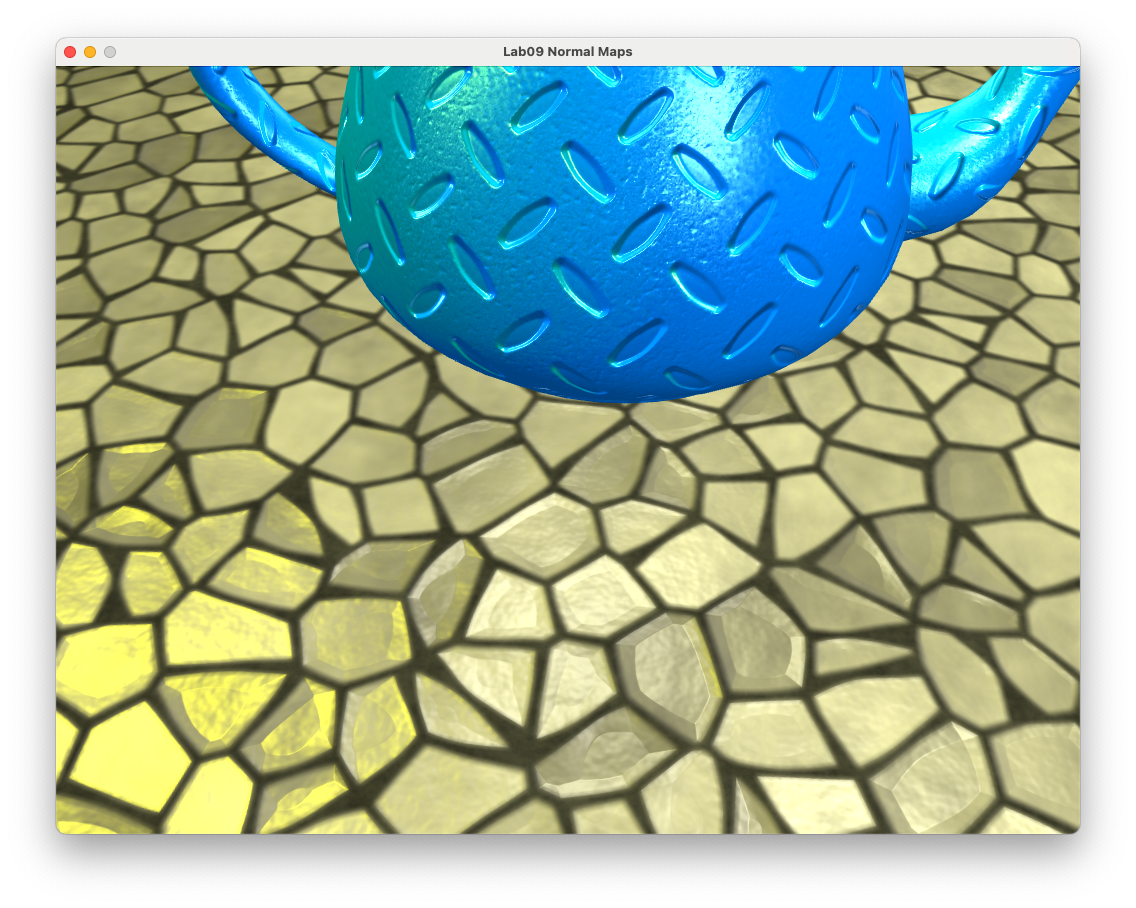
Fig. 9.17 A neutral specular map applied to the teapot.#
9.5. Exercises#
Add another object using the .obj model ../assets/wall.obj to your scene and position it at \((0, 4, -5)\), scale it up by a factor of 5 in the \(x\) and \(z\) directions and rotate it \(90^\circ\) about the \(x\)-axis. Apply the diffuse map assets/bricks_diffuse.png.
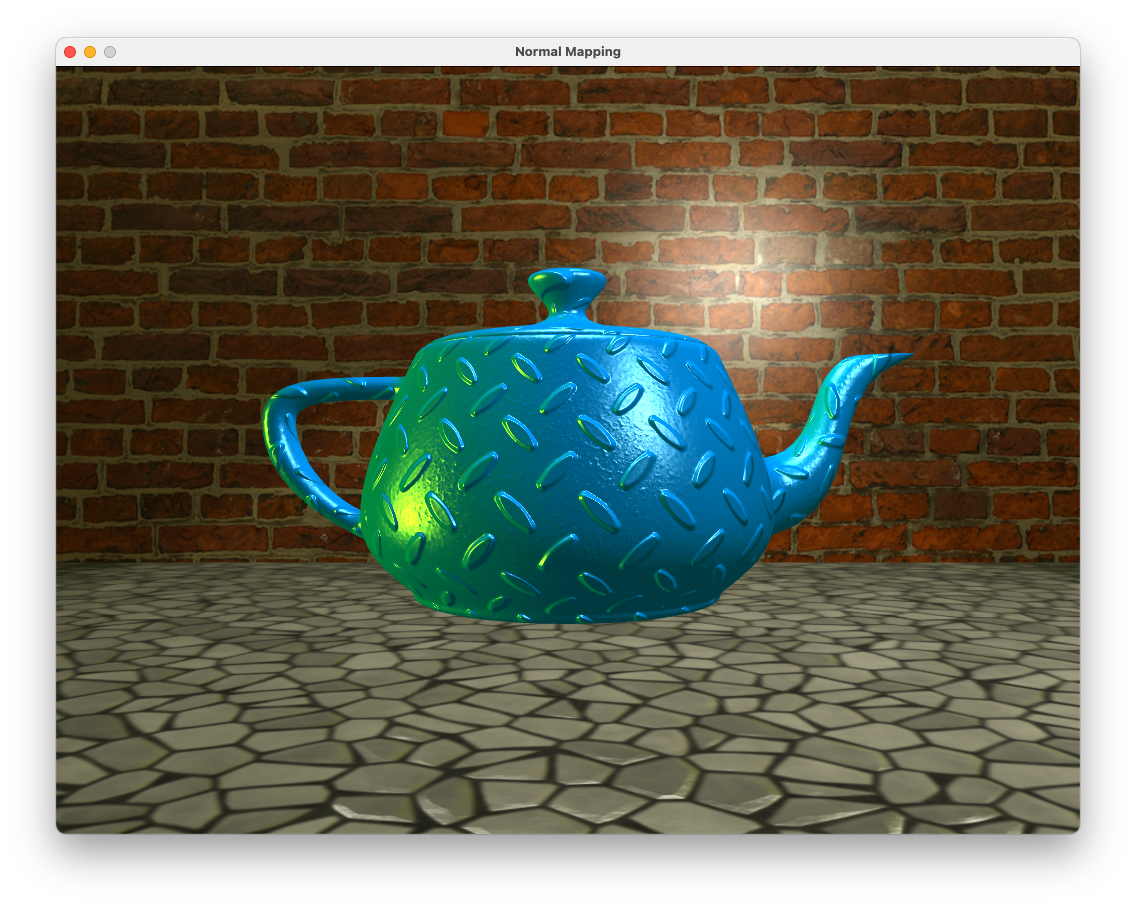
Apply the normal map assets/bricks_normal.png to the wall object.
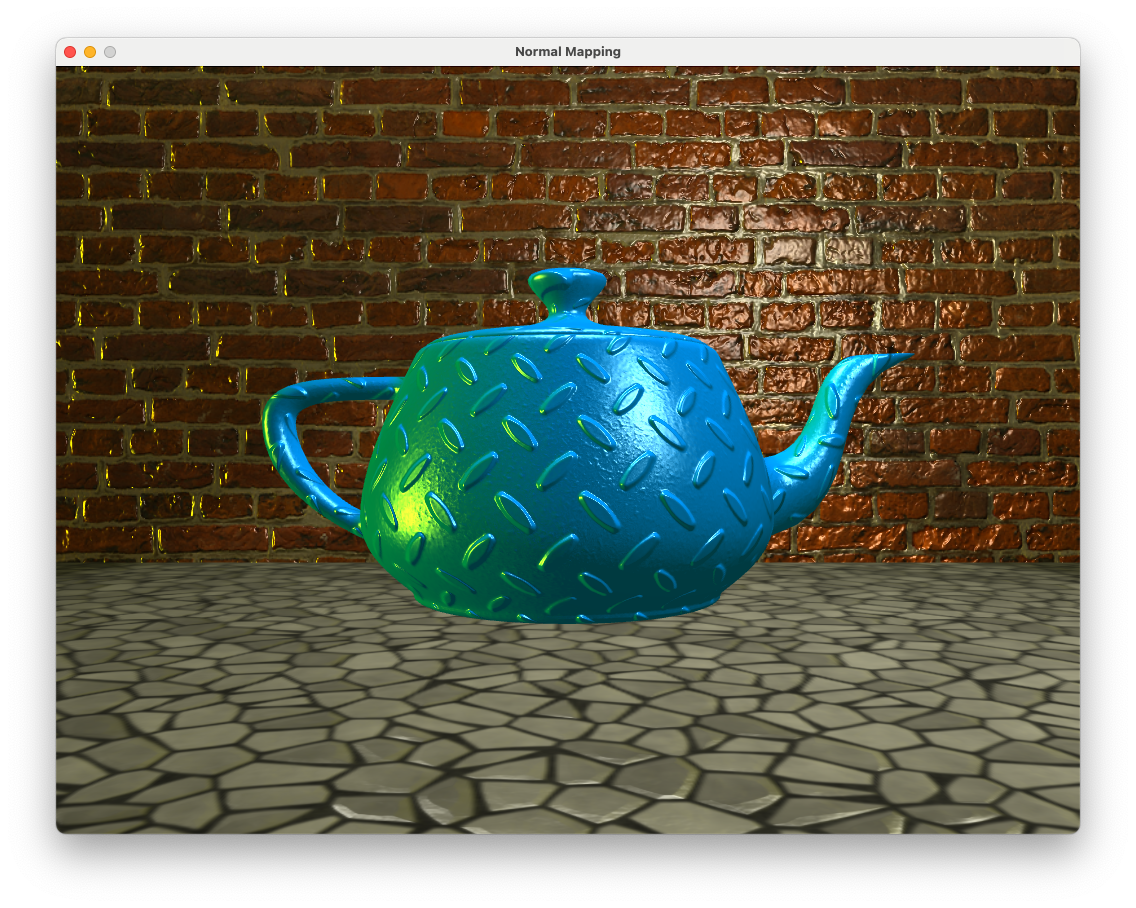
Apply the specular map assets/bricks_specular.png to the wall object.
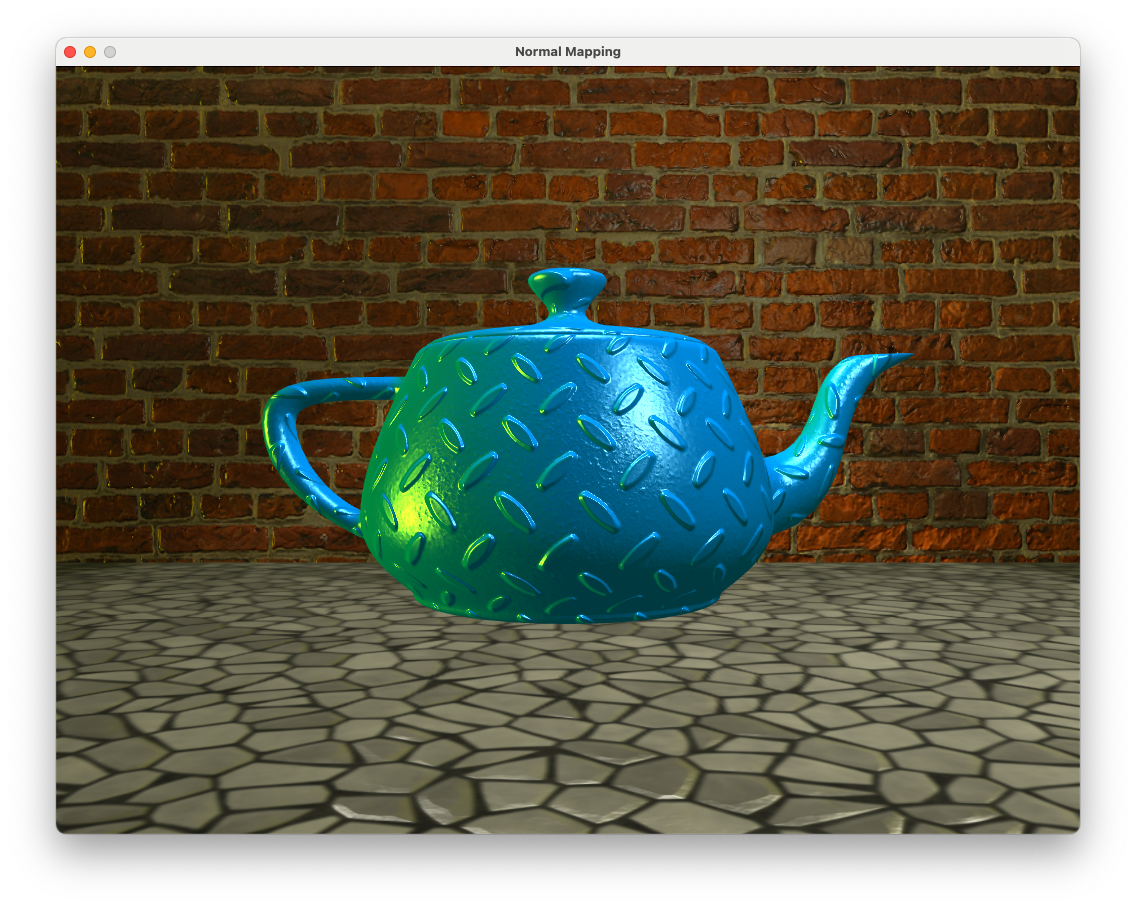
9.6. Video walkthrough#
The video below walks you through these lab materials.

